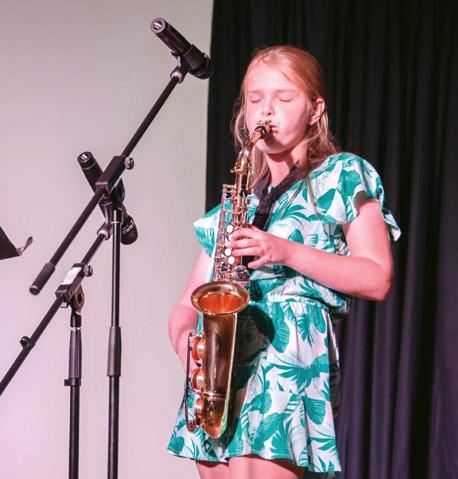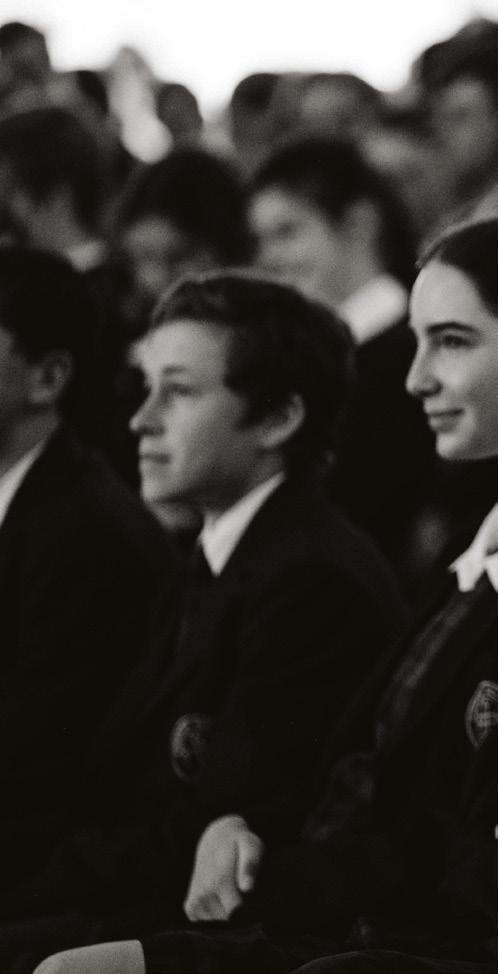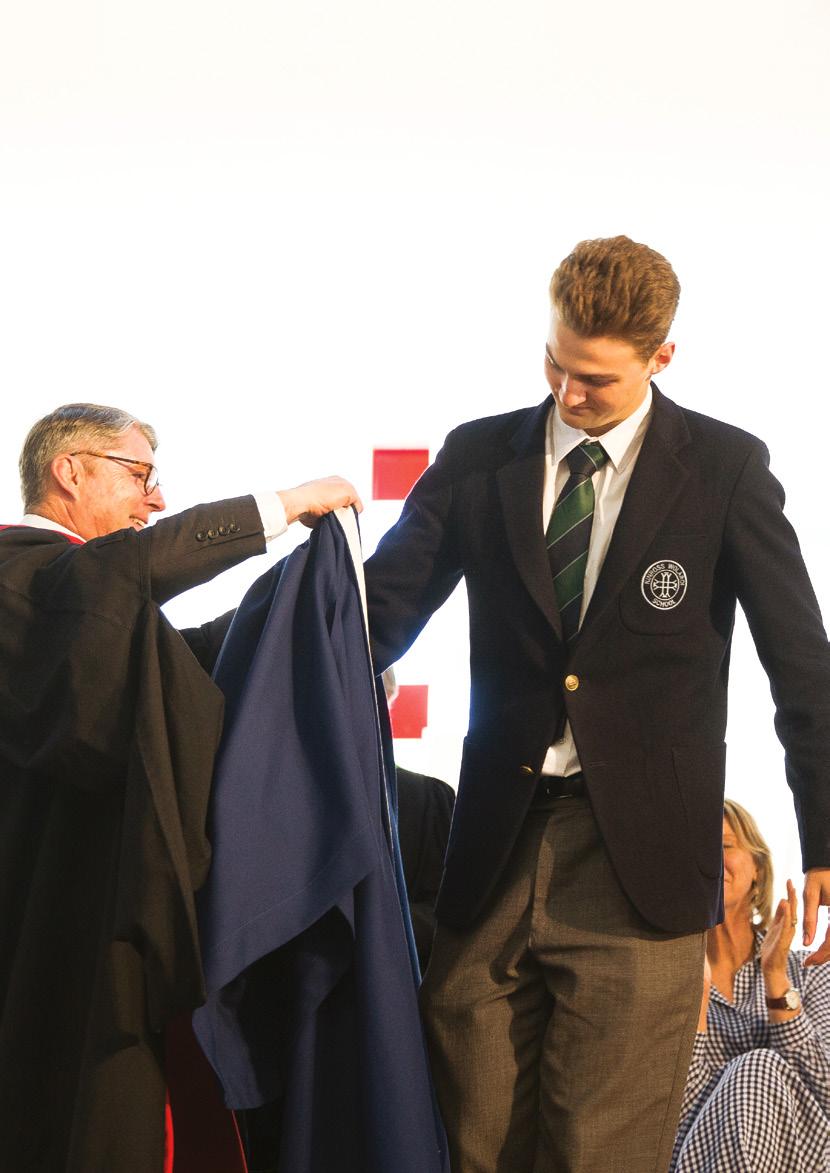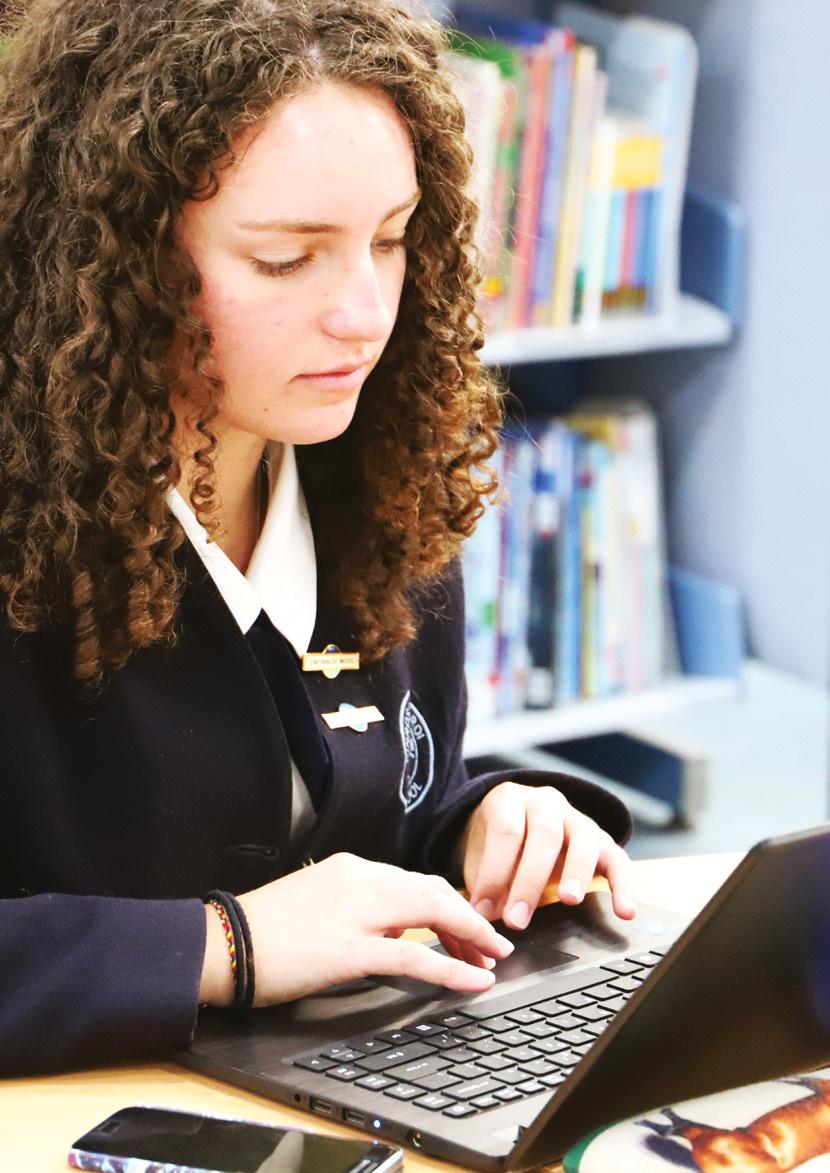
3 minute read
Creativity in the classroom
Fostering student creativity.
Creativity is proven to not only teach children self-expression but also to provide opportunities for children to try out new ideas and ways of problem-solving. This then has benefits for their future lives with creative children becoming enterprising individuals and capable leaders.
Kinross Wolaroi School recognises that creative thinking is an invaluable skill for students and our teachers are encouraged to embrace creativity in all of their classes.
Junior School Teacher Tim May has fostered a learning environment that gives students the confidence to generate creative works, evident by his colourful classroom walls.
“Wall displays are an important part of any classroom as they make the room more inviting,” Tim said. “These displays give students an opportunity to learn from each other and appreciate others’ work, nurturing empathy, respect and a strong sense of classroom community.”
Tim and the other teachers in the Junior School have been encouraging Year 5 and 6 students to produce work that relates to the history and traditions of Visual Arts, Music, Drama and Dance. They were also motivated to think outside of the box by investigating the variety of work that can be made in each of the artforms.
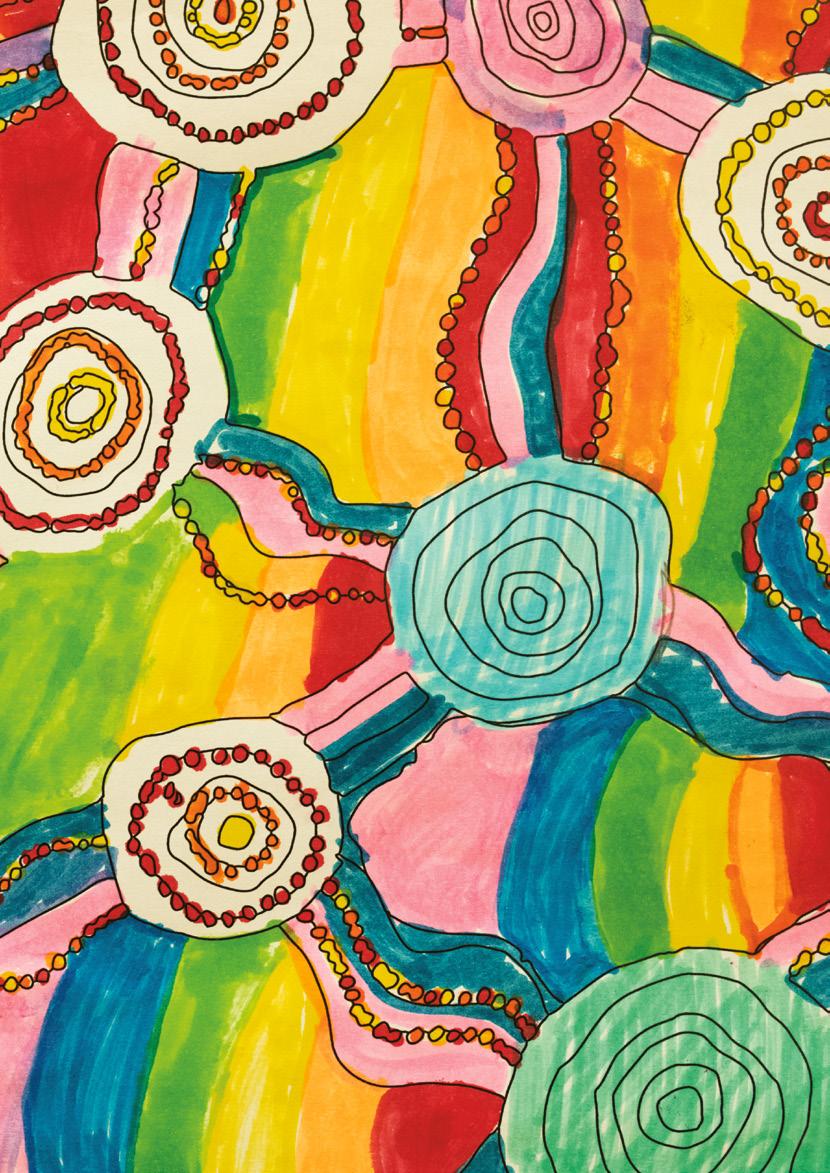
As a result, Stage 3 students recently took part in a performance called ‘Going Viral Circus’ which demonstrated how Music, Drama and Dance can be presented in real-time. Students were tasked with composing and performing circus acts including mime, juggling and gymnastics, as well as magic using household items for an audience of children aged four to ten.
“The acts were put to high energy music and the performers encouraged to over-exaggerate their facial expressions and movements. It was all about making the audience believe what you had just done was unbelievable,” Tim said.
“This helped students to consider how works provoke a response and capture a mood or feeling.”
Creative thinking is a close companion to critical thinking. It helps students to look at problems and situations from different perspectives. As Tim says, “creative thinking is a way of moving beyond barriers.”
Creativity further helps students to improve their communication, emotional and social skills.
“Creative expression plays a key role in a student’s emotional development,” Tim said. “What’s important in any creative act is the process of selfexpression and creative experiences can help children to express and cope with their feelings.”
KWS teachers also believe an important aspect of generating a creative environment in their classrooms is by providing students with a variety of opportunities to express their knowledge and understanding. As Tim says, “assessment should allow the choice of expression and form.” Recently, Year 5 students were asked to demonstrate their understanding of a local environmental issue but were given multiple ways to present it. Students could write a letter of concern to the local council; produce a local news report using iMovie on student iPads; or a PowerPoint presentation that outlined solutions for how to protect local habitats while allowing future development to go ahead.
By supporting the development of creative thinking at KWS, we hope our students enter the world prepared to face new situations and challenges •

02
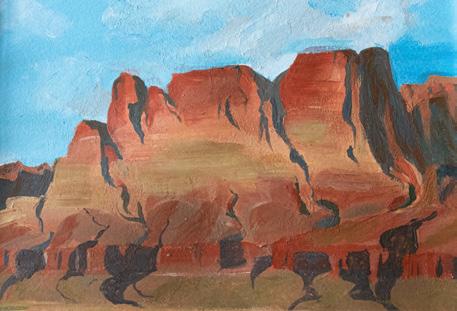
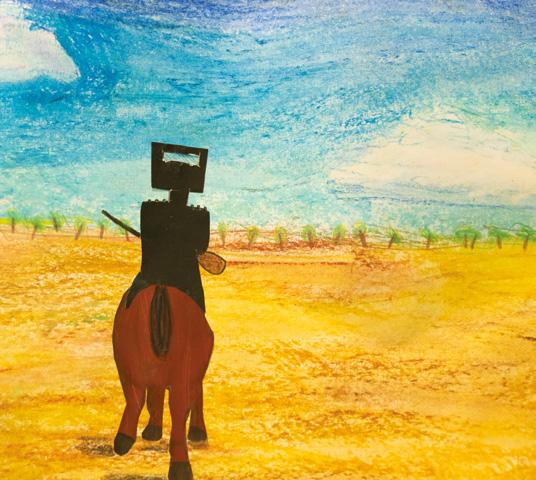
01 ‘Ned Kelly’ (after Sidney Nolan) mixed media by Eva Smedley
02 Linoprint by Louis Maxwell
03 ‘Visionary’ oil on paper by Ebony Fisher
01
03

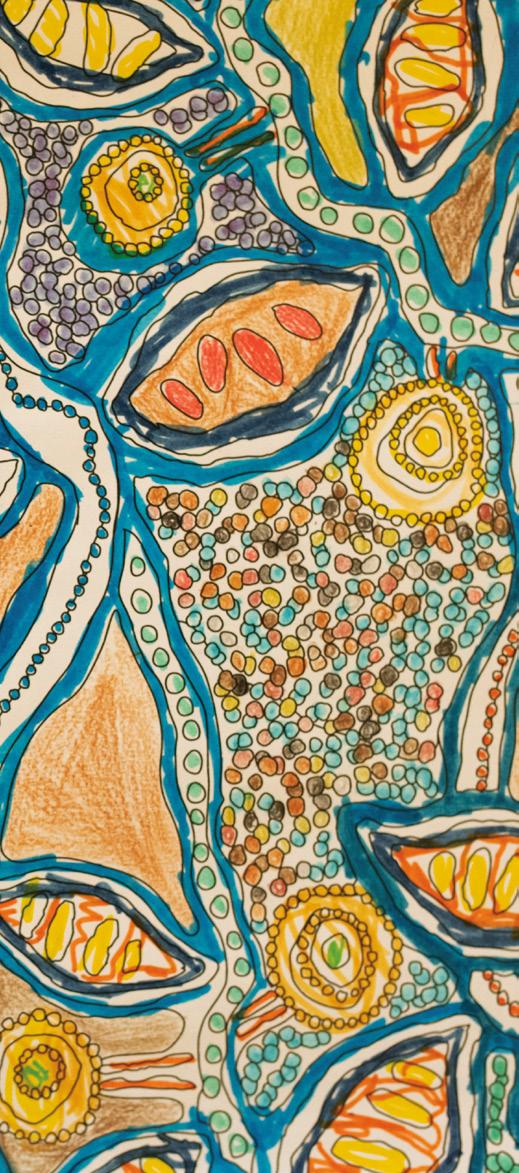
It must not be forgotten that the basic law of children’s creativity is that its value lies not in its results, not in the product of creation, but in the process itself. It is not important what children create, but that they do create, that they exercise and implement their creative imagination.”
Vygotsky
‘Seed Pods’ mixed media on paper by Grace Schaapveld


